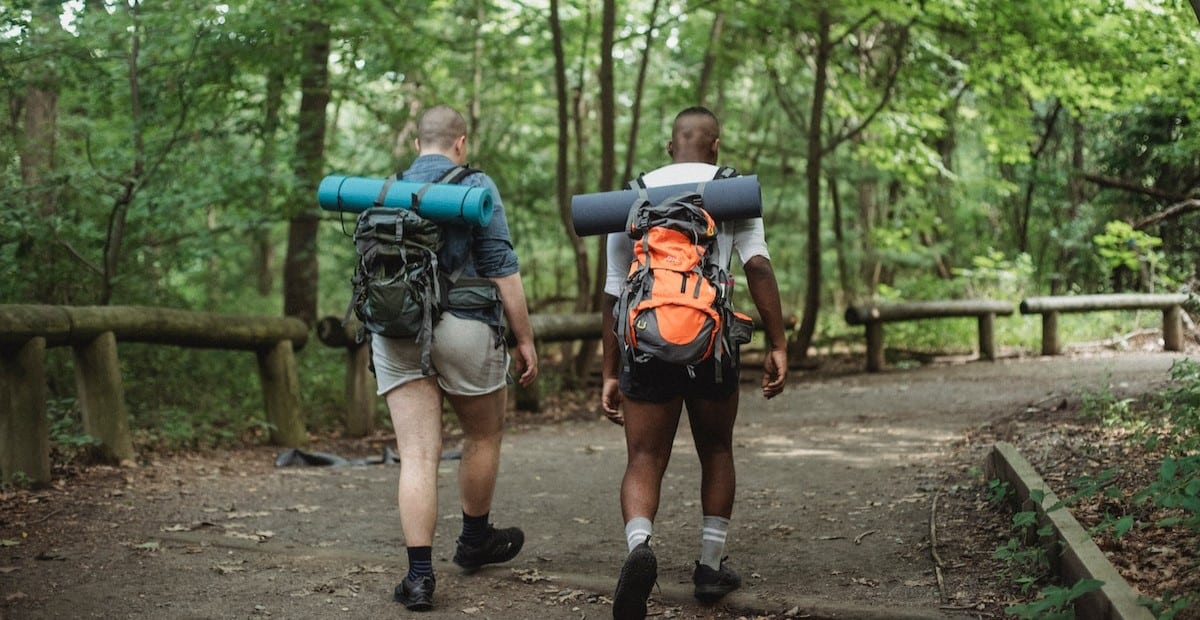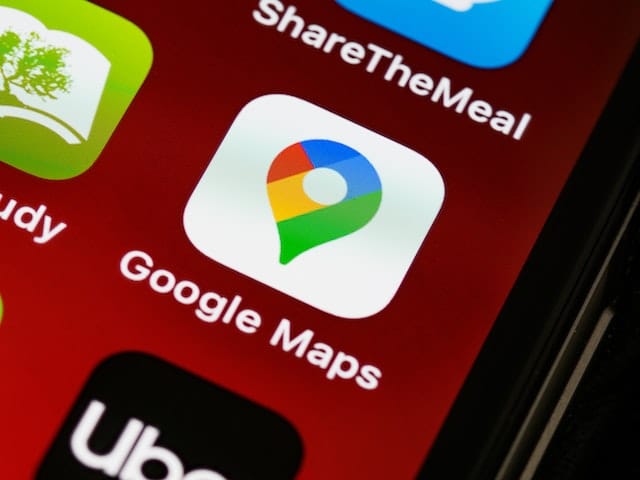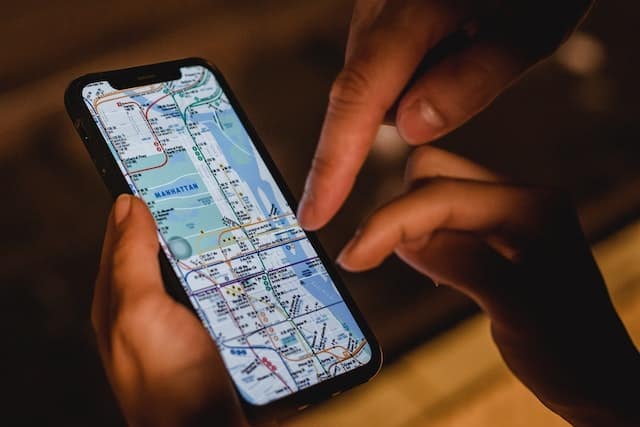
Contents
Finding the right running route popular (or unpopular) with other runners
Running, for most, can be quite a private affair. Following popular routes that entail busy paths, other runners, lots of pedestrians and traffic can put us off the idea altogether. While some love the passive company, most prefer a discreet route.
Running on busy routes can cause stress and even injury. Paths whittled away by lots of runners and walkers are jagged, distractions from traffic make for a hostile and maze-like environment and often, the judgement that beginner runners face from onlookers can be stressful and discouraging.
So, all one would need to do is find a new running route. Thankfully, I have a way of identifying the best routes for you, weighing up different types depending on your own type of running qualities.
Let’s re-route our daily running routines and find the best running routes!
So how do you find the routes of your running dreams, and avoid paths that belong in your nightmares?
Google Maps
Google Maps is a great resource for all things satellite. Being able to identify any location around the world with high-fidelity resolution is, of course, a brilliant way to spot those triumphant routes.
But what’s even better than being able to simply zoom in and find a route is the ability of Google Maps in finding you a route at the touch of a button. This revolutionary product by Google allows you to search suggested routes, find elevation profiles, see which pathways allow for vehicles and even identify spots for cyclists too.
Use these functions and more to spot the ideal running route with all the different aspects of a route that could make it a yes or a no.
Strava
Another iconic app for runners and trainers of all things exercise, Strava takes a similar approach to identify desirable routes and paths for your running needs. Beyond simply identifying them, with functions that calculate routes based on location, distance, and even surface type, you get to track your GPS position. Why is this more exciting than it sounds?
It means you can find new routes, make them your own, and compete with your ghost positioning of former performances. You could, for example, assess the distance you ran last time and try to beat it this time.
Brilliant!


Conclusion
These are just two ways to find your ideal route. You could check out Map My Run – an app with preset routes that are mapped out even with toilet locations(!) – USA Track and Field – an app with reviews and similar map functions to the others – and a whole bunch more.
FAQs
What is an elevation profile?
It’s an outlining of elevation over land mass reading. It basically shows you how high or low certain areas of land are relative to the sea and point to point.